Introduction
Le LED video scoreboard serves as the core revenue generator and engagement tool for contemporary venues. Owners invest in these systems to boost sponsorship earnings, elevate broadcast quality, and foster interactive fan experiences.
This guide covers market drivers, product varieties, essential technical features, buyer advantages, procurement approaches, real-world examples, installation challenges, emerging trends, and LEGIDATECH’s solutions.
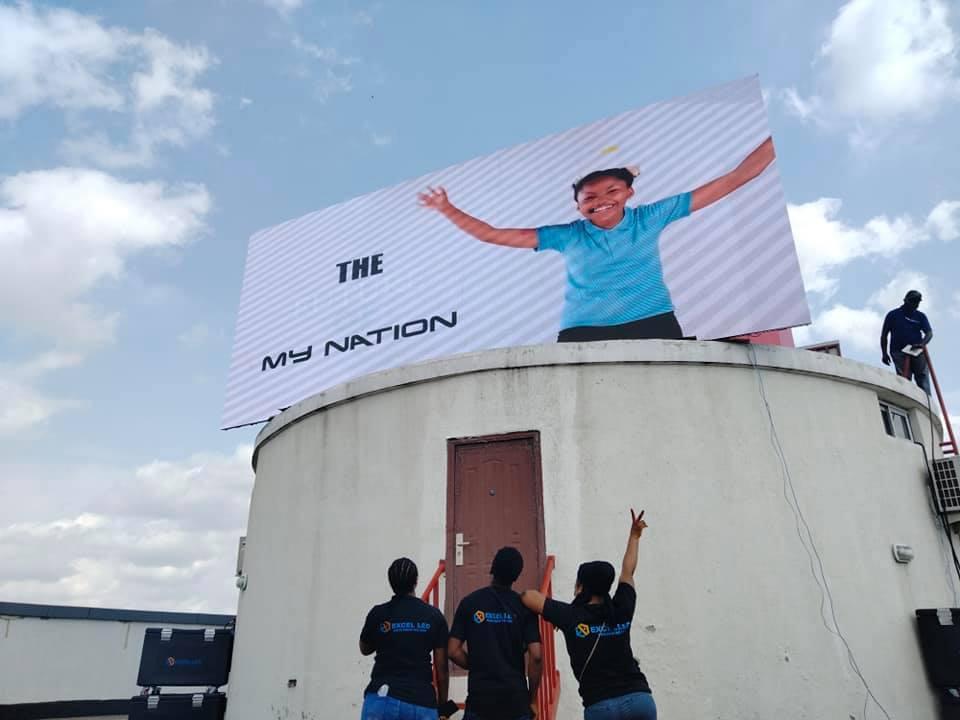
Market Overview for LED Displays
Demand for LED video scoreboard installations is surging in professional sports arenas, university facilities, and public stadiums.
Key drivers include programmatic advertising, enhanced broadcast production standards, venue adaptability for concerts, and audience demands for real-time replays and interactive elements.
For purchasers, this expanding market provides more vendor choices but underscores the importance of assessing technical compatibility and overall ownership costs.
Types of LED Video Scoreboards
Main Center-Hung Units. These large, impactful screens are ideal for replays and prominent sponsorship placements.
Perimeter and Ribbon Displays. They offer continuous advertising space encircling the field or court.
Façade and Jumbotron Walls. Enormous exterior screens designed for fan engagement and pre-event content.
Indoor Arena Video Walls. High-resolution solutions with finer pixel density for near-viewing environments.
Interactive and Modular Activations. Configurations like cubes, 360° rings, and field-level arrays for immersive events.
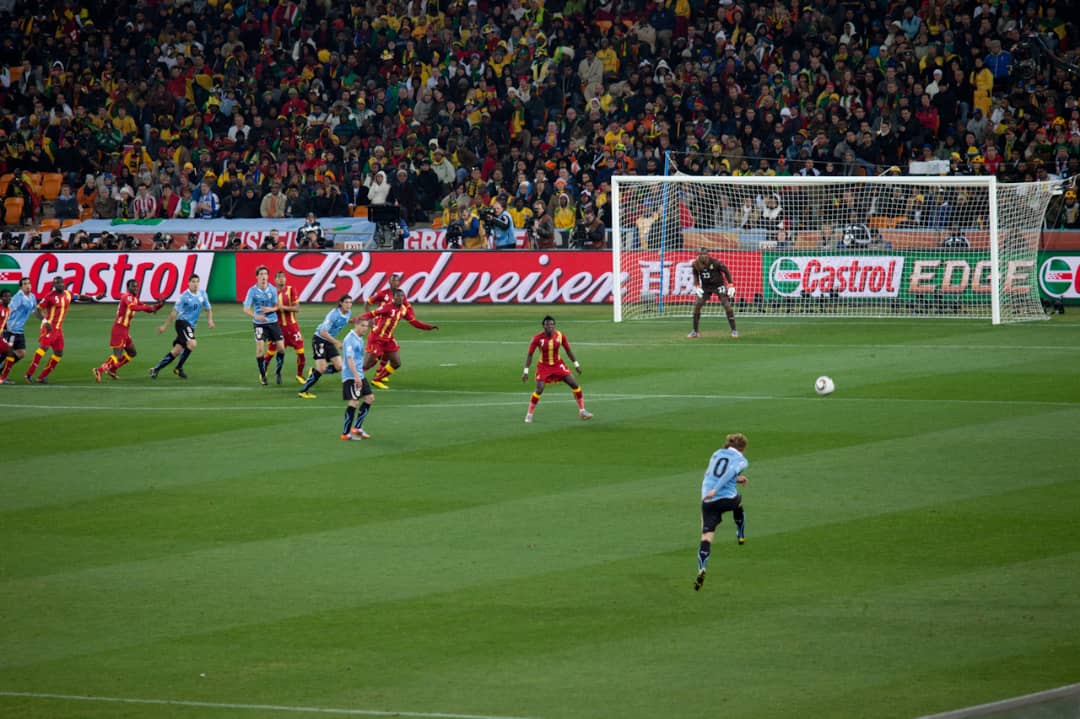
Core Use Cases for Video Scoreboards
Broadcast-quality replays and live camera integrations. Dynamic advertising inventory with programmatic capabilities. Fan interaction features such as polls, social media displays, and sponsor promotions.
Operational tools including navigation aids, emergency alerts, and partner messaging. Versatility for non-sport events like concerts and ceremonies.
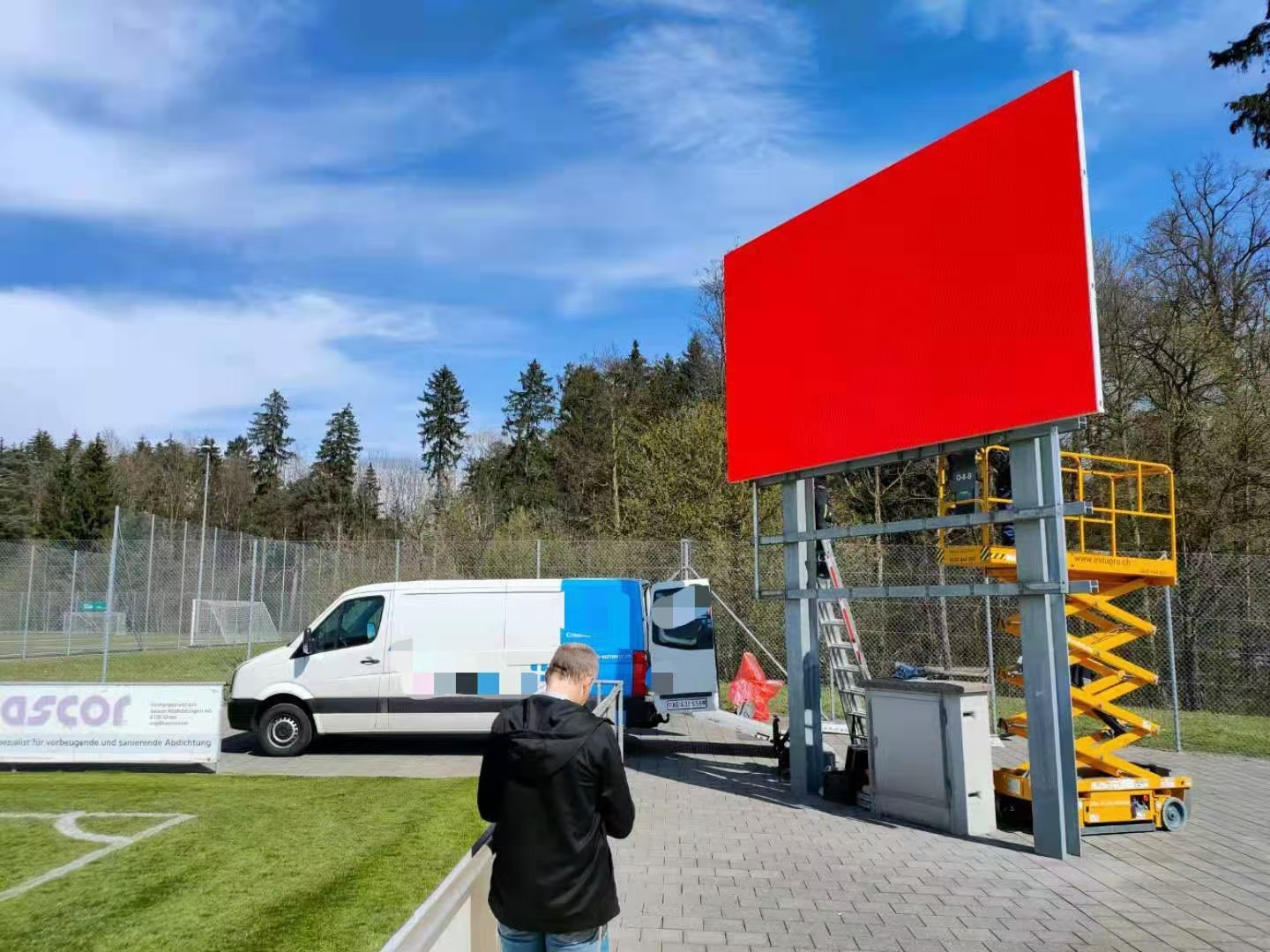
Essential Technical Features for LED Scoreboards
Pixel Pitch Relative to Viewing Distance. Align pixel pitch with the closest audience seating. Options typically span P2.6 for indoor proximity to P3.9–P6 for expansive outdoor setups.
Refresh Rate and Camera Sync. Opt for high refresh rates (≥3840Hz) and genlock support to prevent flicker in broadcasts. Brightness and HDR Capabilities. Outdoor units need thousands of nits and HDR for clear visibility in sunlight.
Serviceability Features. Front-access modules and magnetic panels minimize operational interruptions.
Weather Resistance. Ensure IP65 or higher ratings for exterior installations.
Control Systems and Content Management. Integrate media servers, controllers, and CMS for ad scheduling and multi-zone synchronization.
Power Efficiency and Heat Control. Advanced modules cut energy use and enhance reliability.
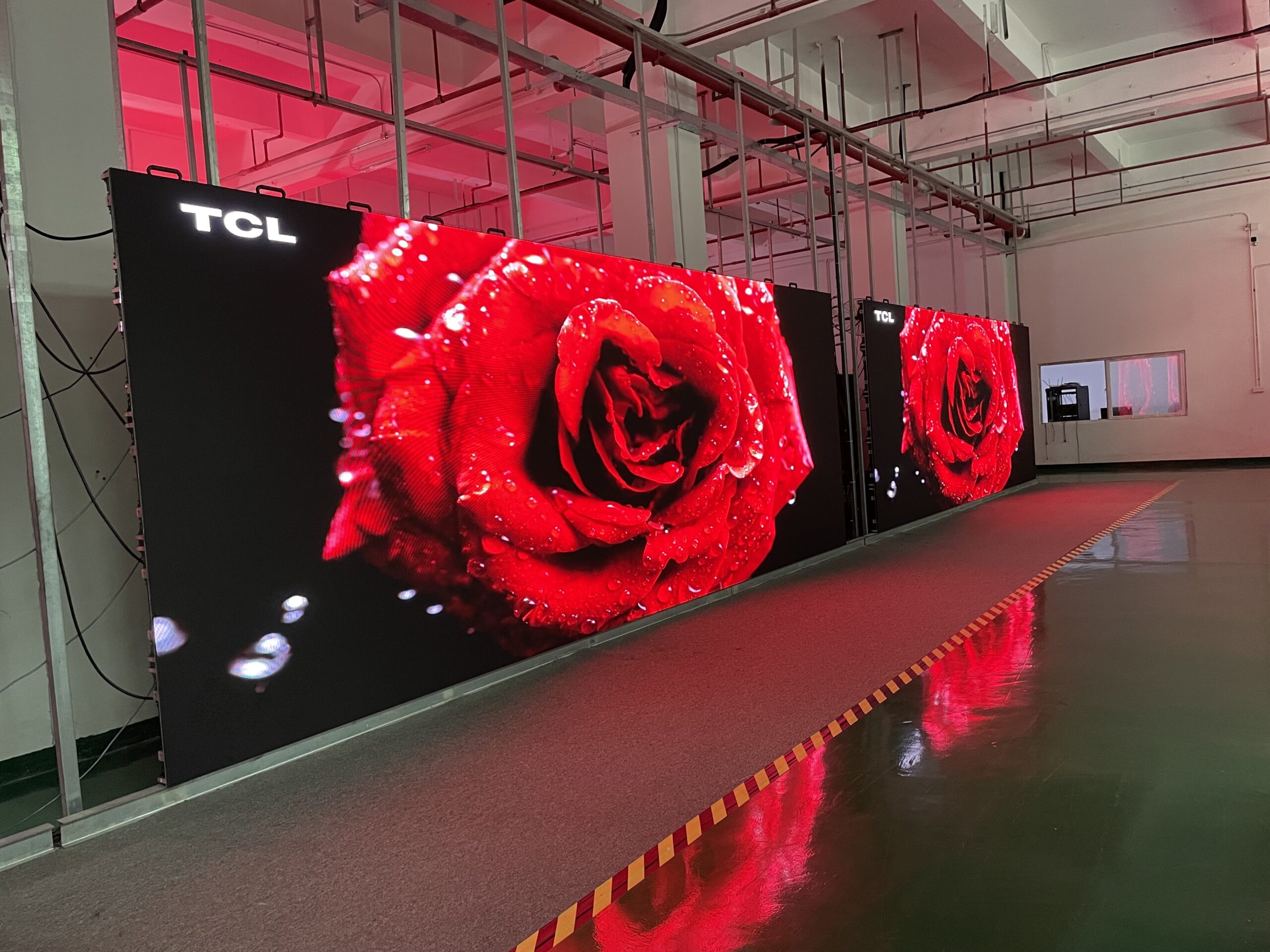
Buyer Benefits and ROI (Visual Summary)
| Buyer Objective | How It Delivers | Measurable KPI |
|---|---|---|
| Increase Ad Revenue | Dynamic, timed advertising slots | CPM, fill rate, annual revenue |
| Enhance Broadcast Value | High refresh, genlock, HDR processing | Production bookings, viewership |
| Improve Fan Experience | Real-time replays, interactive elements | Dwell time, NPS |
| Reduce OPEX | Modular maintenance and remote oversight | MTTR, service calls per season |
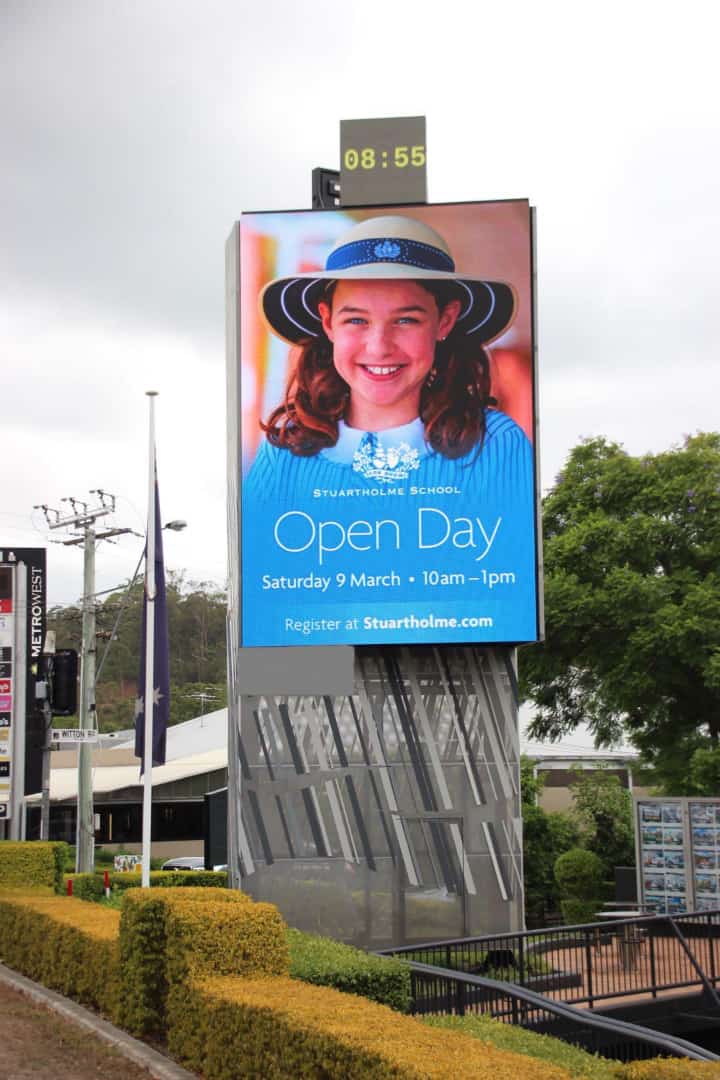
Procurement Strategy for LED Video Displays
Key inputs: audience demographics, main applications, sightlines, and financial constraints. Adjustable factors: pixel pitch, brightness levels, refresh rates, cabinet styles, warranty terms, and content integration.
Process steps: Establish KPIs; perform site assessments with prototypes; finalize specs and vendor options; develop TCO and ROI projections; test with perimeter or ribbon segments; secure SLAs and spare parts agreements.
Practical Case Studies for Scoreboard Implementations
Case A — National Stadium Replacement. The venue chose a broadcast-ready center-hung system with 4K playback and ad management integration. Outcome: Secured a new naming-rights agreement and 30% ad revenue growth in year one.
Case B — Municipal Stadium Phased Approach. Started with perimeter and ribbon installations for immediate ad monetization. Outcome: Generated early returns to finance the primary screen upgrade.
Case C — Indoor Arena Upgrade. Deployed a P2.6 system with 3840Hz refresh and overlay capabilities. Outcome: Increased televised events and production revenues.
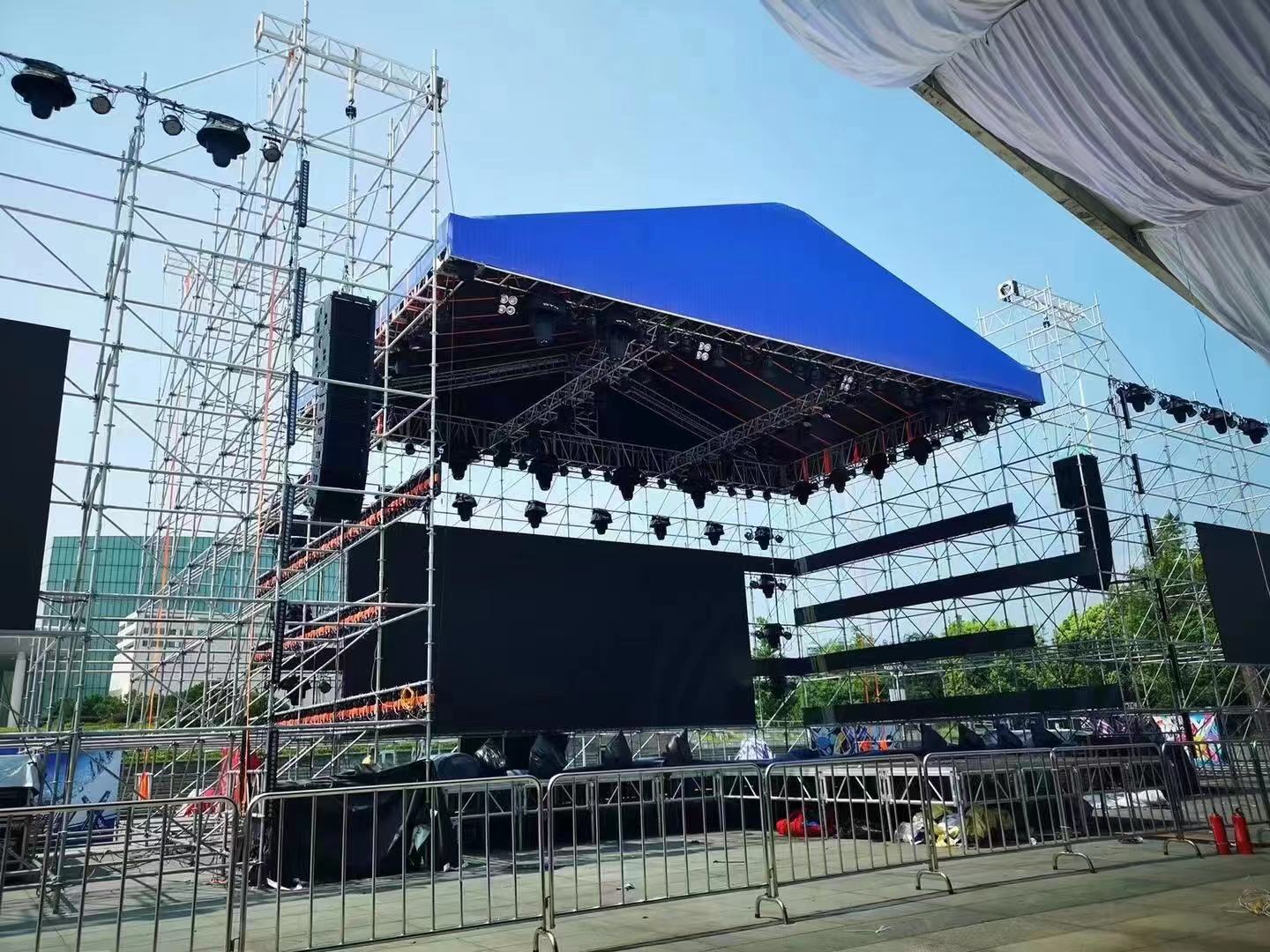
Deployment Checklist: Avoiding Pitfalls in LED Installations
Assess structural integrity and wind resistance for mounting. Verify electrical supply and backup power sources. Plan signal pathways, fiber backups, and sync mechanisms for seamless playback.
Configure PWM and refresh for broadcast compatibility. Ensure easy access and on-site spares storage. Obtain necessary permits and comply with local signage rules. Develop a content strategy aligned with venue management systems.
Future Trends in Video Scoreboard Technology
Real-time programmatic and targeted advertising sales. Scalable finer pixel densities as production costs decline. Augmented reality integrations and app-linked interactions for greater engagement.
Eco-friendly advancements: energy-saving components and adaptive brightness controls.
LEGIDATECH Stadium Solutions (Products, Pricing, Mission)
LEGIDATECH provides permanent and rental options tailored for broadcast and revenue optimization. Highlights: P2.6 indoor to P6 outdoor variants; broadcast-level refresh ≥3840Hz; bright cabinets (3,000–6,000 nits);
weatherproof IP65 modules; front-service designs and local spare inventories. Pricing: Compact perimeter projects begin in the low five figures USD; comprehensive main systems range from mid-six to seven figures based on scale, resolution, and setup.
Mission: Empower venues to capitalize on digital assets, improve production standards, and minimize costs with reliable, maintainable systems.
Conclusion and Call to Action
A video scoreboard acts as both a tech investment and a business platform. Thoughtful specs, staged buying, and solid operations transform it into a steady income source.
Contact LEGIDATECH with your seating layouts and KPIs for a complimentary audit, sightline prototype, and customized ROI analysis.
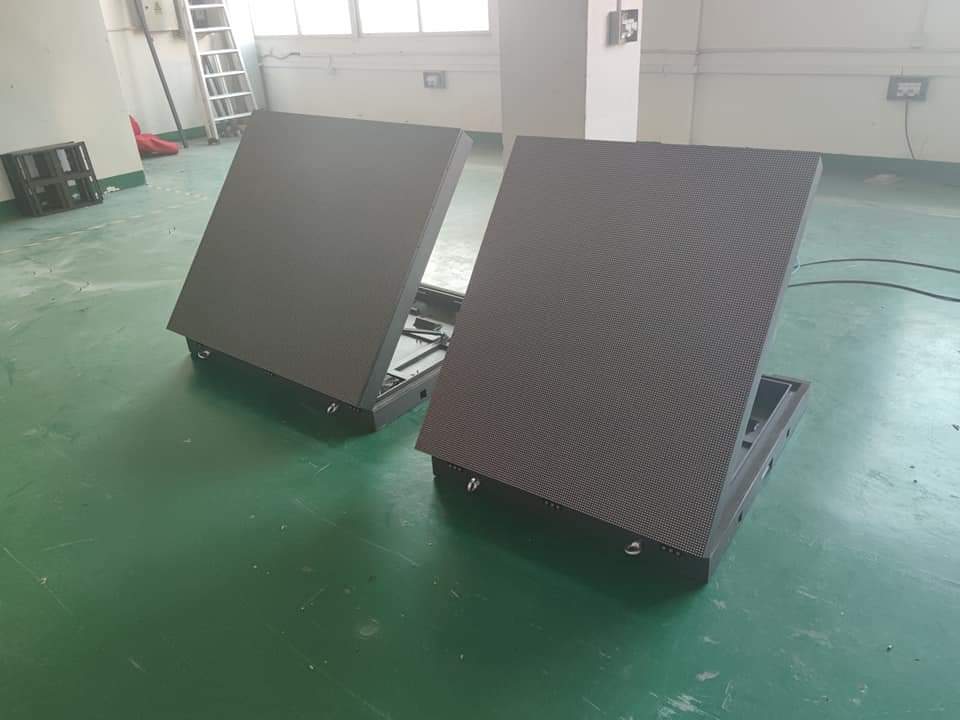

Questions fréquemment posées
- What Pixel Pitch Should I Choose for an LED Video Scoreboard?
Base it on the nearest spectator distance. For indoor close seats, select P2–P2.6; for large outdoor main displays, opt for P3.9–P6. Confirm with sightline prototypes. - Is a 3840Hz Refresh Rate Necessary for an LED Video Scoreboard?
If broadcasts are common, yes—to eliminate camera flicker. For in-venue-only use, a lower rate might suffice. - How Long Does an LED Video Scoreboard Installation Take?
Small ribbon setups can finish in weeks. Full projects, including engineering and approvals, often span months. - What Ongoing Costs Does an LED Video Scoreboard Have?
Electricity, replacement modules, routine upkeep, content creation, and monitoring services. - Can LED Video Scoreboard Displays Be Used for Concerts and Non-Sport Events?
Absolutely. Set up content modes and event plans to accommodate shows with the existing hardware. - How Bright Should an Outdoor LED Video Scoreboard Be?
Several thousand nits, varying with sunlight exposure and angles. - What Warranty and Spares Should I Require for an LED Video Scoreboard?
Demand at least 2–3 years coverage, on-site spare kits, and SLAs for quick repairs. - Can I Sell Programmatic Ads on My LED Video Scoreboard?
Yes. Connect with ad platforms and partners for dynamic sales.



